In the animal kingdom, not all creatures rely on vision to survive. For many species living in dark environments—such as deep-sea ecosystems, underground burrows, or caves—sight is unnecessary and often becomes obsolete. These animals have evolved with underdeveloped or completely absent eyes but have adapted by enhancing other senses such as smell, touch, hearing, or electroreception to navigate and survive in total darkness.
In this article, we’ll explore 15 animals that are blind, along with the unique adaptations that help them thrive in lightless environments.
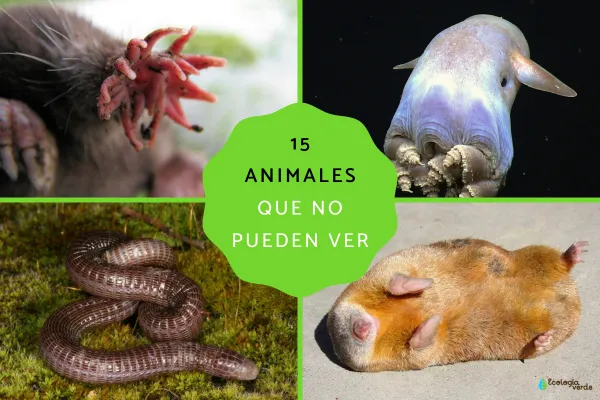
Star-Nosed Mole (Condylura cristata)
Dumbo Octopus (Grimpoteuthis spp.)
Axolotl (Ambystoma mexicanum)
Blind Snake (Blanus cinereus)
Golden Moles (Family: Chrysochloridae)
Mexican Tetra (Astyanax mexicanus)
Olm or Proteus (Proteus anguinus)
Texas Blind Salamander (Eurycea rathbuni)
Clams (Class: Bivalvia)
Hamsters (Subfamily: Cricetinae)
Other Blind Animals (Jellyfish, Lanternfish, Blind Shrimp, etc.)
Native to North America, the star-nosed mole is a small, subterranean mammal that is virtually blind. Its tiny, non-functional eyes are recessed and protected by skin to keep out soil and debris. Instead of sight, it uses a unique star-shaped nose with 22 fleshy tentacles to detect prey and sense its surroundings. This highly sensitive snout can detect touch, scent, vibration, and even electrical signals, allowing the mole to map its environment in complete darkness.
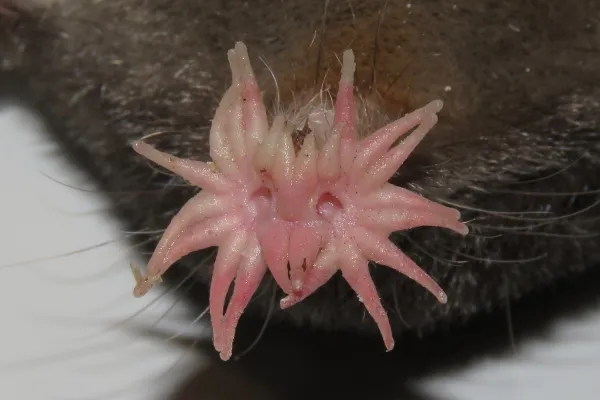
Despite their large, cartoonish eyes, dumbo octopuses live in deep-sea zones where light doesn't reach, making visual cues virtually useless. Their eyes are underdeveloped and function only to detect light and movement, not to form clear images. Instead, they rely on filament-covered suckers on their tentacles to sense nearby motion and capture prey in the darkness.
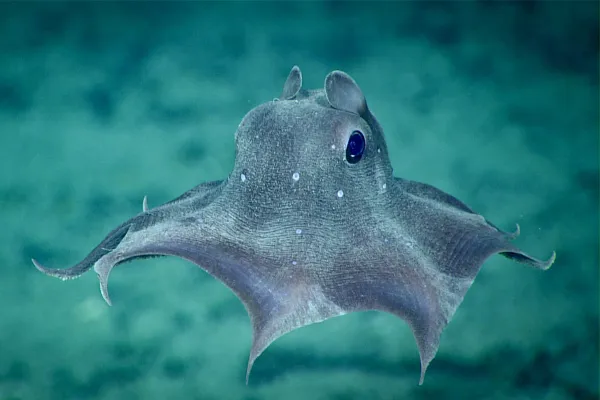
Axolotls are aquatic amphibians with very limited vision. Their eyes are small, lack eyelids, and can only detect shapes and shadows. However, they have a highly developed sense of smell to locate food and can also perceive water vibrations made by other organisms. Their dependence on chemical and tactile senses compensates for their visual shortcomings.
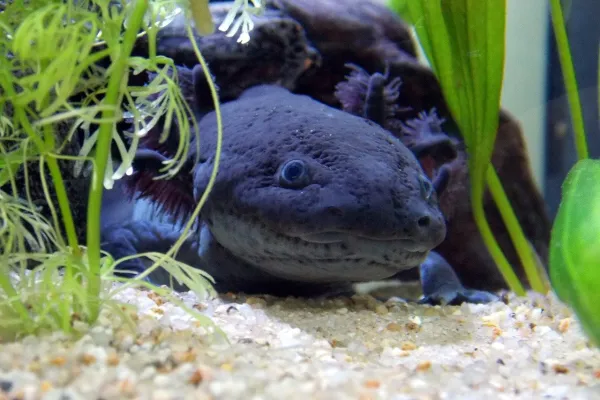
This small, worm-like reptile lives underground or beneath leaf litter. Its eyes are covered by thick, scale-like plates, rendering them completely non-functional. Blind snakes instead use their sharp sense of smell and hearing to detect insects and other prey in the soil.
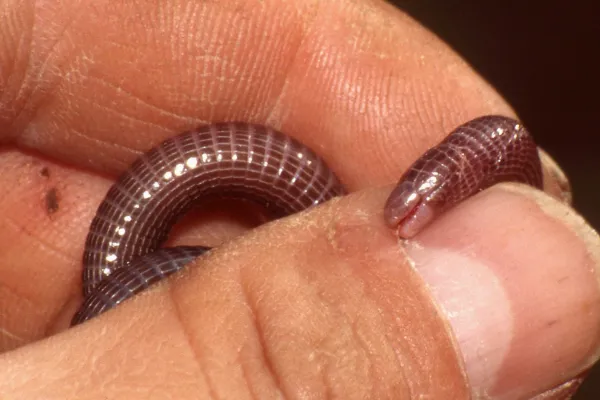
Although called "moles," golden moles belong to a distinct family of mammals found in Africa. They are entirely blind, and their eye region is covered in skin and fur. As expert burrowers, they’ve evolved low metabolic rates and body temperatures, which help conserve energy. In cold weather, they can enter torpor for up to three days. Despite their blindness, they are efficient insect hunters and highly adapted to life underground.
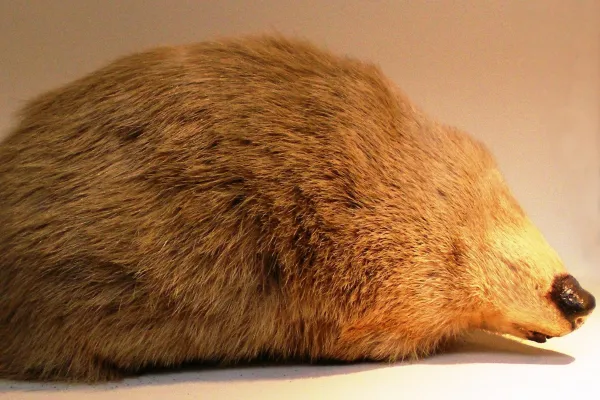
This cave-dwelling fish comes in two populations: one that lives near riverbanks and retains vision, and another that has adapted to life deep in caves. The cavefish population has completely degenerated eyes, reduced pigmentation, larger teeth, and enhanced taste buds to help them detect food in pitch darkness. This species is a textbook example of regressive evolution.
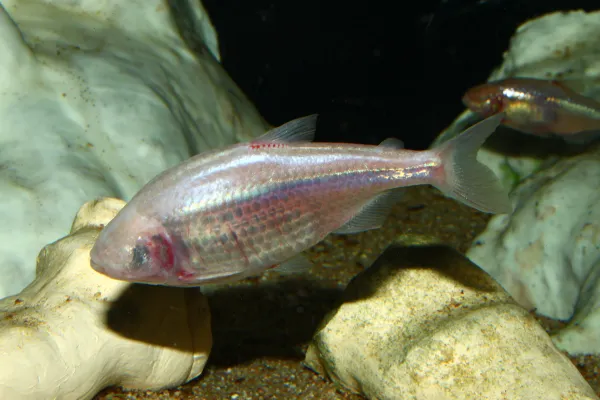
Found in European limestone caves, the olm is a slender, snake-like amphibian with small limbs. Born with normal eyes, they gradually degenerate during development and are eventually covered by skin. Their large, flattened heads house enhanced sensory organs. Olms rely on smell to detect prey, taste to identify water composition, and hearing to detect movements both in water and on land.
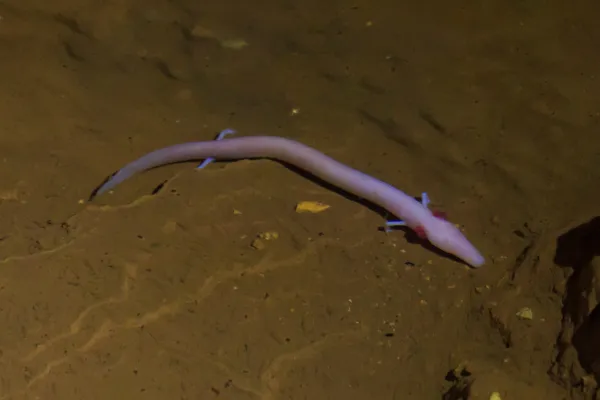
Closely resembling the axolotl, the Texas blind salamander is another cave-dwelling amphibian that is completely blind. Its eye regions are skin-covered and invisible from the outside. It has external gills to extract oxygen from groundwater and a highly sensitive skin that can detect the tiniest environmental changes. Like the olm, its large, flat head enhances sensory perception. This species can survive long periods without food.
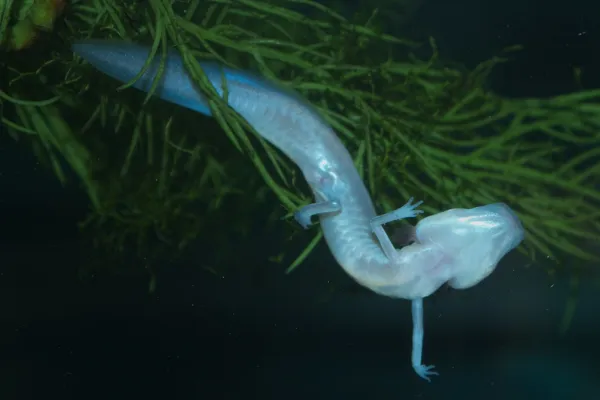
As bivalve mollusks, clams lack a head and, therefore, lack eyes. However, they possess sensory organs located in the mantle (the soft tissue inside the shell), which can detect chemicals and, in some species, light through rudimentary structures called ocelli. These help clams respond to changes in light or nearby movement.
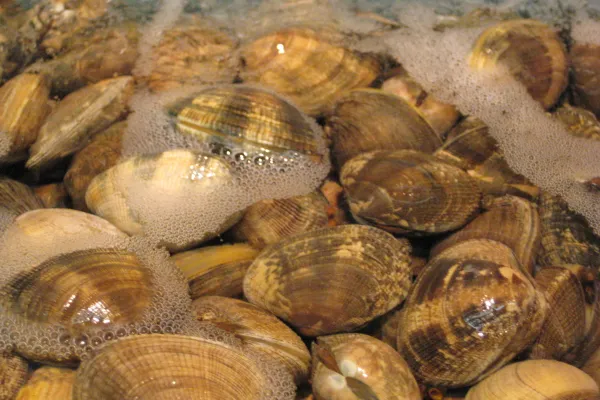
Hamsters are not completely blind, but they have very poor vision, especially during the day. Their eyesight slightly improves at night, but they can only perceive short distances and blurry outlines. This makes them vulnerable to falls if placed on elevated surfaces. To compensate, hamsters use their keen sense of smell, excellent hearing, and sensitive whiskers to explore their surroundings safely.
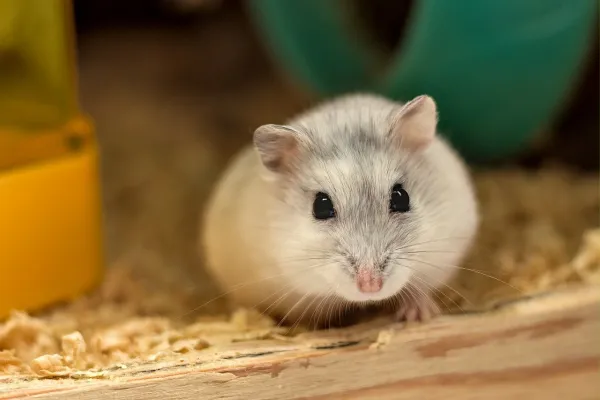
Besides the ten animals listed above, many other species are blind or have very poor vision due to their environment:
Jellyfish (Subphylum: Medusozoa) – Often lack centralized eyes but have light-sensitive cells.
Tenrecs (Family: Tenrecidae) – Nocturnal insectivores with reduced eyesight.
Lanternfish (Family: Ceratiidae) – Deep-sea fish that may have limited or vestigial eyes.
Blind Shrimp (Parabogidiella spp.) – Found in underground water systems with no vision.
Brazilian Blind Piranha (Stygichthys typhlops) – A rare species found in Brazilian caves, completely blind.
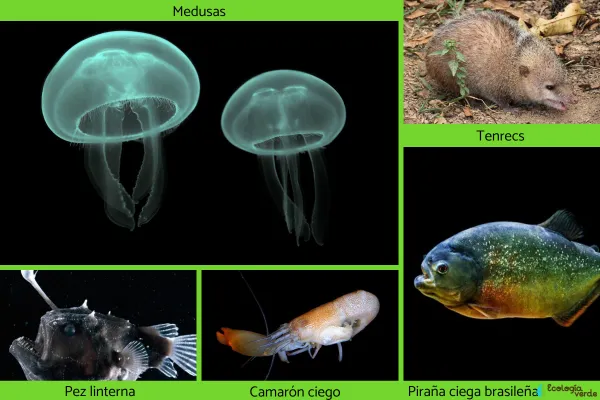
These blind animals are not biologically “deficient”—they are marvels of evolutionary adaptation. Their blindness is a strategic trait that helps them survive and thrive in environments where sight offers no benefit. Instead of vision, they have developed enhanced alternatives: electroreception, touch, smell, sound detection, and even chemical sensing.
Their existence challenges the idea that seeing is believing and shows us that life in darkness can be just as rich and successful.
Bibliography
Beatty, R., Beer, A., & Deeming, C. (2010). The Book of Nature. Great Britain: Dorling Kindersley.
animal tags: Animals Blind
We created this article in conjunction with AI technology, then made sure it was fact-checked and edited by a Animals Top editor.